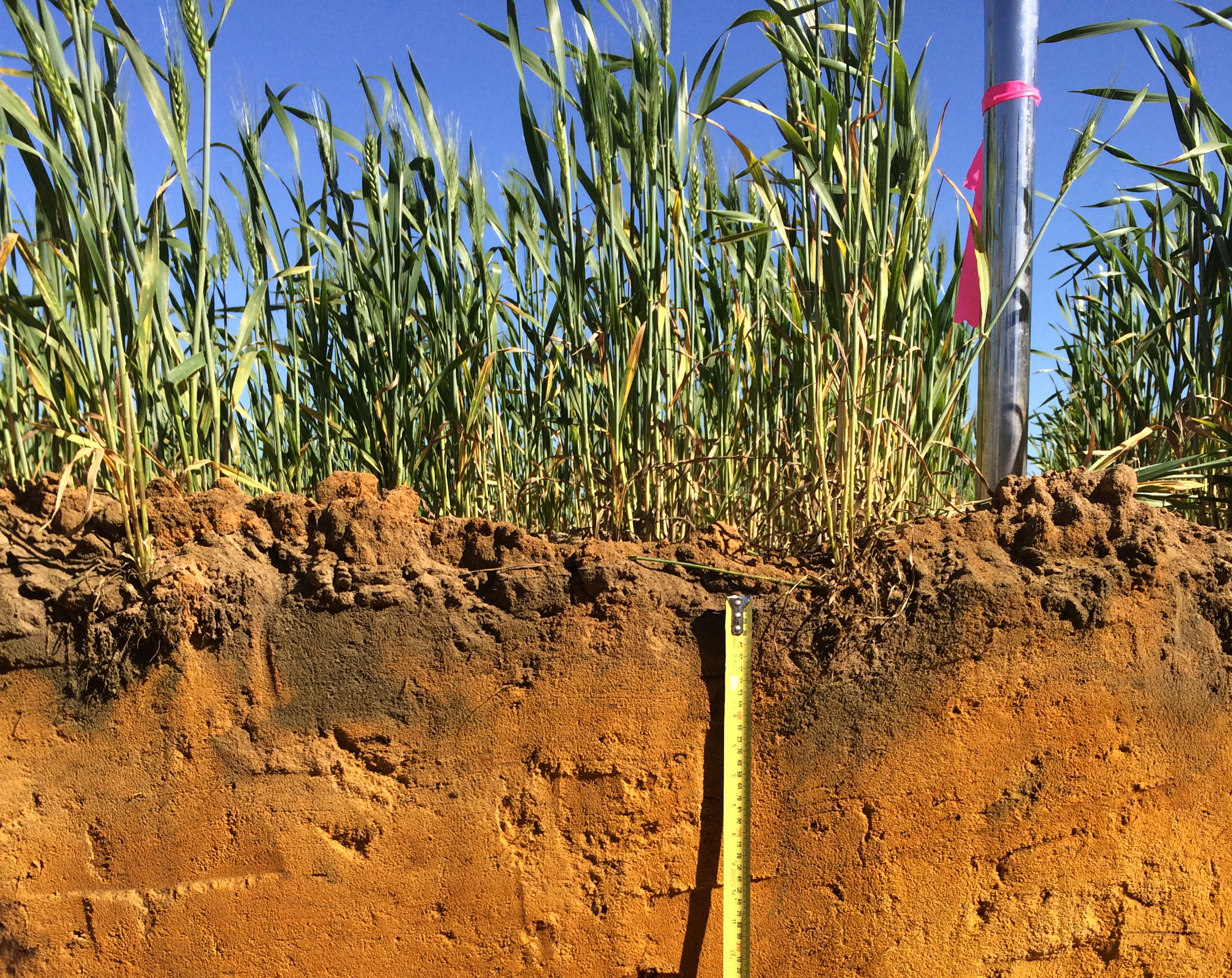Agriculture is an integral part of the Avon River Basin so providing ways to maintain and improve natural resources without impacting on the profitability of farm enterprises is a priority of the Avon Catchment Council (ACC). ACC has delivered investment through the Natural Heritage Trust and National Action Plan for Salinity and Water Quality for farmers to manage soil acidity, soil health, secondary salinity, pest plant and animals, water use efficiency, water quality and biodiversity. More than eighteen-thousand top-soil and twenty-thousand sub-soil samples were collected throughout the Avon River Basin to provide farmers with precise liming recommendations to treat soil acidity. Recommendations on managing soil acidity gained from sixteen long-term demonstration sites are now available through the Time to Re-lime series of fact sheets developed by project partners the Department of Agriculture & Food, WA. These fact sheets ranging from the cause of soil acidity to lime application methods are available by contacting the ACC office. More than eighty farmers across 264 sites were provided a better picture of their soil health. Participants were given a comprehensive look at biological, chemical and physical characteristics of their soils through analysis of samples taken on farm. Monitoring soil health helps inform participants about how management practices impact soil quality and assists decisions that lead to a more sustainable and profitable production system. Further information on this project can be accessed by contacting ACC. Nearly five-hundred farmers in the region have directly benefited from ACC investment into salinity management. On-ground work has included approximately 1100 ha of oil mallees, 1800 ha of saltbush; 200 ha brushwood, sandalwood or Casuarina obesa and two groundwater engineering demonstration sites. The Avon Salinity Tender provided a further 630 ha of mixed perennial pastures; 80 ha tagasaste and 260 ha of oil mallees for land managers to contain or adapt to secondary salinity. Significant funding was also allocated to the protection of built infrastructure (road, rail, towns) from secondary salinity.
You are here
ACC Backs Farmers to Achieve the Sustainability Edge
Thursday 26th February

Posted in:
Sustainable Agriculture
